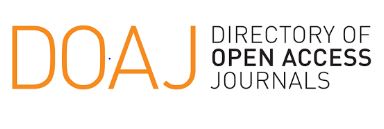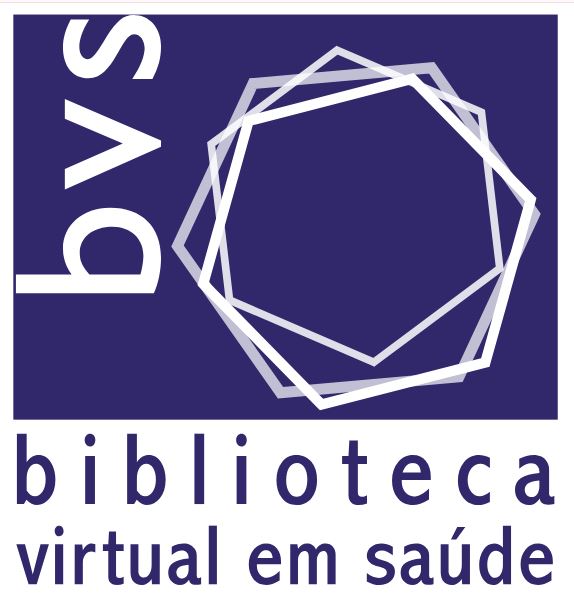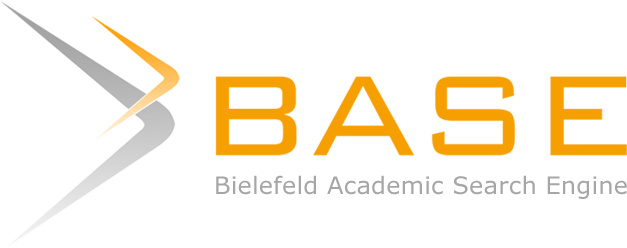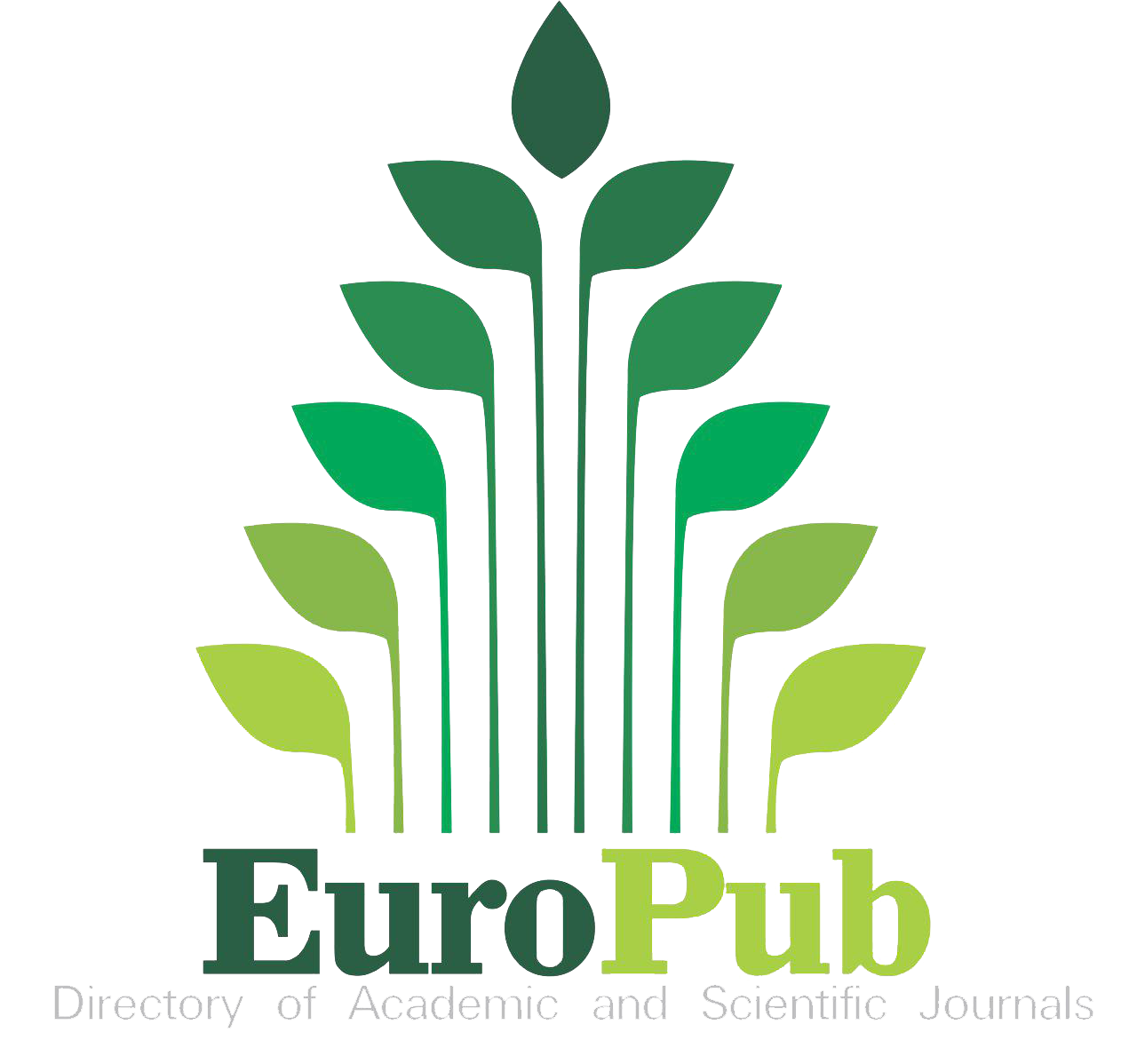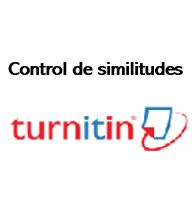Capacidad de sellado de biodentina y el agregado de trióxido mineral mta en la reparación de perforación de furca revisión de literatura
Palabras clave:
Biodentine, MTA, Furcación, Reparación.Resumen
La terapia endodóntica busca mantener la integridad de la dentición natural en la forma, función y estética. Los accidentes durante este procedimiento ocurren comúnmente, lo que afecta el pronóstico del tratamiento del conducto radicular. Una perforación de furca es una complicación que se refiere a la comunicación mecánica o patológica entre el espacio pulpar y el ligamento periodontal, en la zona del piso de la cámara pulpar, y conduce al peor resultado posible del tratamiento. Puede producirse durante el acceso endodóntico propiamente dicho o durante la preparación intraradicular de un poste, aunque también, por lesiones cariosas o reabsorción radicular. Para el éxito a largo plazo, las perforaciones deben repararse lo más rápido posible con un material biocompatible, cualquier retraso permitirá la contaminación bacteriana y conducirá a una lesión endodóntica periodontal complicada. Un material de reparación ideal debe proporcionar un sellado adecuado, ser biocompatible, no verse afectado por la contaminación sanguínea, ser bactericida, radiopaco, inducir la formación y cicatrización ósea, inducir la mineralización, cementogénesis, facilitar su manipulación y colocación. Varios materiales se han utilizado para reparar perforaciones de furca, incluyendo MTA y Biodentine El objetivo de este estudio es realizar una revisión de la literatura sobre la capacidad de sellado de MTA y Biodentine en la reparación de perforaciones de furca. Para alcanzar dicho objetivo se realiza una revisión bibliográfica en las principales bases de datos y revistas odontológicas, se eligieron los artículos según su validez científica, relación con el tema, y año de publicación que abarca desde el año 2009 al 2018.Descargas
Referencias
Sinkar RC, Patil SS, Jogad NP, Gade VJ. Comparison of sealing ability of ProRoot MTA, RetroMTA, and Biodentine as furcation repair materials: An ultraviolet spectrophotometric analysis. Journal of Conservative Dentistry [Internet]. 2015 nov [citado 2018 Sep 23] ; 18: 445-8 disponible en: http://www.jcd.org.in/article.asp?issn=0972-0707;year=2015;volume=18;issue=6;spage=445;epage=448;aulast=Sinkar
Katge FA, Shivasharan PR, Patil D. Sealing ability of mineral trioxide aggregate PlusTM and BiodentineTM for repair of furcal perforation in primary molars: An in vitro study. Contemporary Clinical Dentistry, [internet] 2016 [citado 2018 15 de septiembre] 7(4), 487–492 Disponible en: https://www.ncbi.nlm.nih.gov/pmc/articles/PMC5141663/
Patel N, Patel K, Baba SM, Jaiswal S, Venkataraghavan K, Jani M. Comparing Gray and White Mineral Trioxide Aggregate as a Repair Material for Furcation Perforation: An in Vitro Dye Extraction Study. Journal of Clinical and Diagnostic Research : JCDR [Internet]. 2014 Oct [citado 2018 Sep 23] 8(10), ZC70–ZC73. Disponible en: https://www.jcdr.net/articles/PDF/5046/9517_CE(Ra)_F(Sh)_PF1(SNAK)_PFA(Sh)_PF2(PAG).pdf.
Silveira CMM, Sánchez-Ayala A, Pilatti GL, Gomes OMM. Reparación de perforación de furca utilizando agregado de trióxido mineral (MTA). Acta odontol. venez [Internet]. 2009 Sep [citado 2018 Sep 23]; 47(3): 186-193. Disponible en: http://www.scielo.org.ve/scielo.php?script=sci_arttext&pid=S0001-63652009000300024&lng=es
Terrazas Ríos Tania Abigail, González Pérez Germán, Liñán Fernández Maribel, Ortiz Villagómez Mónica. Accidentes de procedimiento endodóntico: Presentación de un caso. Rev. Odont. Mex [revista en la Internet]. 2011 Sep [citado 2018 Sep 22]; 15(3): 183-188. Disponible en: http://www.scielo.org.mx/scielo.php?script=sci_arttext&pid=S1870-199X2011000300008&lng=es.
Aggarwal V, Singla M, Miglani S, Kohli S. Comparative evaluation of push-out bond strength of ProRoot MTA, Biodentine, and MTA Plus in furcation perforation repair. Journal of Conservative Dentistry, [Internet]. 2013, [citado 2018 Sep 23]; 16:462-5. Disponible en: https://www.ncbi.nlm.nih.gov/pmc/articles/PMC3778632/#
Parirokh M, Torabinejad M. Mineral trioxide aggregate: a comprehensive literature review--Part I: chemical, physical, and antibacterial properties. J Endod. [Internet]. 2010 Jan [citado 2018 sep. 23]; 36(1):16-27. Disponible en: https://www.jendodon.com/article/S0099-2399(09)00766-3/fulltext
Kakani, AK, Veeramachaneni, C., Majeti, C., Tummala, M., y Khiyani, L. Una revisión sobre los materiales de reparación de perforación. Revista de Investigación Clínica y Diagnóstica: JCDR [internet] 2015 [citado 2018 25 de septiembre], 9 (9), ZE09-ZE13. Disponible en: https://www.ncbi.nlm.nih.gov/pmc/articles/PMC4606360/
Iqbal, A. The Factors Responsible for Endodontic Treatment Failure in the Permanent Dentitions of the Patients Reported to the College of Dentistry, the University of Aljouf, Kingdom of Saudi Arabia. Journal of Clinical and Diagnostic Research : JCDR [internet] 2016 [citado 2018 15 de septiembre], 10(5). Disponible en: https://www.ncbi.nlm.nih.gov/pmc/articles/PMC4948527/
Akbar, I. Radiographic study of the problems and failures of endodontic treatment. International Journal of Health Sciences, [Internet]. 2015, [citado 2018 Sep 23]; 9(2), 111–118. Disponible en: https://www.ncbi.nlm.nih.gov/pmc/articles/PMC4538887/
Haghgoo, R., y Abbasi, F. Tratamiento de la perforación de Furcal de molares primarios con MTA de ProRoot frente a MTA de raíz: un estudio de laboratorio.Iranian Endodontic Journal [internet] 2013 [citado 2018 15 de septiembre], 8 (2), 52-54. Disponible en: https://www.ncbi.nlm.nih.gov/pmc/articles/PMC3662036/
Haghgoo, R., Arfa, S., y Asgary, S. Microfiltración de Cemento CEM y ProRoot MTA como materiales de reparación de perforación Furcal en dientes primarios. Iranian Endodontic Journal [internet] 2013 [citado 2018 25 de septiembre], 8 (4), 187-190. Disponible en: https://www.ncbi.nlm.nih.gov/pmc/articles/PMC3808679/
Tsesis I, Fuss Z. Diagnosis and treatment of accidental root perforations. Endodontics topics. [Internet]. 2006 [citado 2018 Sep 22] ; 13:95-107. Disponible en: http://www.rpcendo.com/45va9r1lkl7/Modulo4/PDF2.pdf
El-Khodary HM, Farsi DJ, Farsi NM, Zidan AZ. (2015). Sealing Ability of Four Calcium Containing Cements used for Repairing Furcal Perforations in Primary Molars: An in vitro study. J Contemp Dent Pract. [internet] 2015 [citado 2018 25 de septiembre]; 16(9):733-9. Disponible en: https://www.ncbi.nlm.nih.gov/pubmed/26522599
Sahebi, S., Moazami, F., Sadat Shojaee, N., y Layeghneghad, M. Comparison of MTA and CEM Cement Microleakage in Repairing Furcal Perforation, an In Vitro Study. Journal of Dentistry [Internet]. 2013 Mar 14 (1), 31-36. Disponible en: https://www.ncbi.nlm.nih.gov/pmc/articles/PMC3927668/
Samuel, A., Asokan, S., Geetha Priya, PR, y Thomas, S. Evaluation of sealing ability of Biodentine™ and mineral trioxide aggregate in primary molars using scanning electron microscope: A randomized controlled in vitro trial. Contemporary Clinical Dentistry. [Internet]. 2016 [citado 2018 23] 7 (3), 322-325. Disponible en: http://www.contempclindent.org/temp/ContempClinDent73322-7629151_211131.pdf
Fernández G. Principales Materiales Empleados En La Reparación De Perforaciones Radiculares Provocadas Por Accidentes De Procedimiento. [Tesis de fin de grado]. Universidad de Sevilla (2017)Disponible en https://idus.us.es/xmlui/bitstream/handle/11441/64629/TFG%20GERM%C3%81N%20JIM%C3%89NEZ.pdf?sequence=1
Kaur M, Singh H, Dhillon JS, Batra M, Saini M. MTA versus Biodentine: Review of Literature with a Comparative Analysis. Journal of Clinical and Diagnostic Research : JCDR, [internet] 2017 [citado 2018 25 de septiembre] 11(8), ZG01–ZG05. Disponible en: https://www.ncbi.nlm.nih.gov/pmc/articles/PMC5620936/
Unal, GC, Maden, M., e Isidan, T. Repair of Furcal Iatrogenic Perforation with Mineral Trioxide Aggregate: Two Years Follow-up of Two Cases European Journal of Dentistry. [Internet]. 2010 oct [citado 2018 Sep 22]; 4 (4), 475-481. Diponible en: https://pdfs.semanticscholar.org/0f98/2a42df24f9ff4fcaca2dfe29c2895dd76b03.pdf?_ga=2.121815500.616903254.1537657517-1899149822.1537657517
Parirokh M, Torabinejad M.Mineral trioxide aggregate: a comprehensive literature review--Part III: Clinical applications, drawbacks, and mechanism of action. J Endod. [Internet]. 2010 Mar [citado 2018 sep 23] 36(3):400-13. Disponible en: https://www.jendodon.com/article/S0099-2399(09)00769-9/fulltext
Malkondu O, Kazandağ MK, Kazazoğlu E. A Review on Biodentine, a Contemporary Dentine Replacement and Repair Material. BioMed Research International, [internet] 2014 [citado 2018 25 de septiembre] ID 160951. Disponible en: https://www.hindawi.com/journals/bmri/2014/160951/
Rajasekharan S, Martens LC, Cauwels RG, Verbeeck RM. Biodentine™ material characteristics and clinical applications: a review of the literature. European Archives of Paediatric Dentistry. [Internet]. 2014 jun [citado 2018 sep 23] 15(3):147-58. Disponible en: https://link.springer.com/article/10.1007%2Fs40368-014-0114-3
Torabinejad M, Parirokh M. Mineral trioxide aggregate: a comprehensive literature review--part II: leakage and biocompatibility investigations. J
Endod. [Internet]. 2010 Feb [citado 2018 Sep 22]; 36(2):190– 202. Disponible en: https://www.ncbi.nlm.nih.gov/pubmed/20113774
Baroudi, K., y Samir, S. Sealing Ability of MTA Used in Perforation Repair of Permanent Teeth; Literature Review. The Open Dentistry Journal, [Internet]. 2016, [citado 2018 Sep 23], 10, 278-286. Disponible en: https://www.ncbi.nlm.nih.gov/pmc/articles/PMC4901194/
Mohammadi Z, Yazdizadeh M, Shalavi S. Non-Surgical Repair of Internal Resorption with MTA: A Case Report. Iranian Endodontic Journal. [Internet]. 2012 Oct; [citado 2018 Sep 22] 7(4):211-214. Disponble en: https://www.ncbi.nlm.nih.gov/pmc/articles/PMC3487523/
Nunes E, Silveira FF, Soares JA, Duarte MAH, Soares SMCS. Treatment of perforating internal root resorption with MTA: a case report. J Oral Sci. [Internet]. 2012 Mar [citado 2018 sep 23] ; 54(1):127–31. Disponible en: https://www.jstage.jst.go.jp/article/josnusd/54/1/54_1_127/_pdf/-char/en
Escobar-García, DM, Aguirre-López, E., Méndez-González, V., y Pozos-Guillén, A. Citotoxicidad y biocompatibilidad inicial de biomateriales endodónticos (MTA y Biodentine TM) usados como materiales de relleno de extremo de raíz. BioMed Research International [internet] 2016, [citado 2018 25 de septiembre]; 2016: 7926961. Disponible en: https://www.ncbi.nlm.nih.gov/pubmed/27595108
Han L, Okiji T. Bioactivity evaluation of three calcium silicate-based endodontic materials. Int Endod J. [internet] 2013 [citado 2018 15 de septiembre]; 46(9):808-14. Disponible en: https://www.ncbi.nlm.nih.gov/pubmed/23402321
Rajasekharan S, Martens LC, Cauwels RGEC, Anthonappa RP. Biodentine™ material characteristics and clinical applications: a 3-year literature review and update. European Archives of Paediatric Dentistry. [Internet]. 2018Feb [citado 2018 sep 23] 19(1):1-22 Disponible en: https://link.springer.com/article/10.1007%2Fs40368-018-0328-x
Butt N, Talwar S, Chaudhry S, Nawal RR, Yadav S, Bali A. Comparación de las propiedades físicas y mecánicas del agregado de trióxido mineral y Biodentine. Indian J Dent Res [internet] 2014 [citado 2018 25 de septiembre]; 25: 692-7. Disponible en: http://www.ijdr.in/text.asp?2014/25/6/692/152163
Guneser MB, Akbulut MB, Eldeniz AU.. Effect of various endodontic irrigants on the push-out bond strength of biodentine and conventional root perforation repair materials. Journal Of Endododntics. [internet] 2013 [citado 2018 15 de septiembre] 39(3):380-4. Disponible en: https://www.ncbi.nlm.nih.gov/pubmed/23402511
Nagas E, Kucukkaya S, Eymirli A, Uyanik MO, Cehreli ZC. Effect of Laser-Activated Irrigation on the Push-Out Bond Strength of ProRoot Mineral Trioxide Aggregate and Biodentine in Furcal Perforations. Photomedicine and Laser Surgery, [Internet]. 2017 Apr [citado 2018 sep 23]; 35(4):231-235. Disponible en: https://www.ncbi.nlm.nih.gov/pubmed/28085572
Publicado
Número
Sección
Licencia
- Los autores/as conservarán sus derechos de autor y garantizarán a la revista el derecho de primera publicación de su obra, el cuál estará simultáneamente sujeto a la Licencia de reconocimiento de Creative Commons que permite a terceros compartir la obra siempre que se indique su autor y su primera publicación esta revista.
- Los autores/as podrán adoptar otros acuerdos de licencia no exclusiva de distribución de la versión de la obra publicada (p. ej.: depositarla en un archivo telemático institucional o publicarla en un volumen monográfico) siempre que se indique la publicación inicial en esta revista.
- Se permite y recomienda a los autores/as difundir su obra a través de Internet (p. ej.: en archivos telemáticos institucionales o en su página web) posterior al proceso de aprobación del manuscrito, lo cual puede producir intercambios interesantes y aumentar las citas de la obra publicada.


